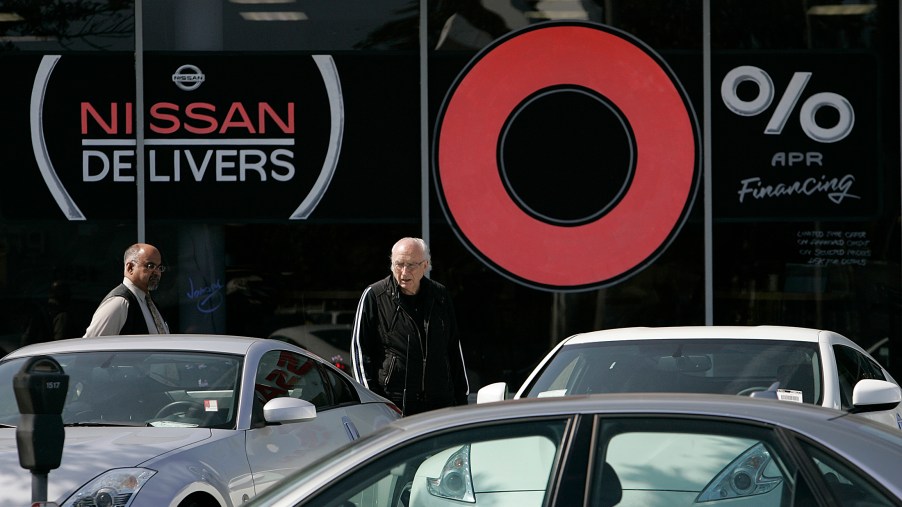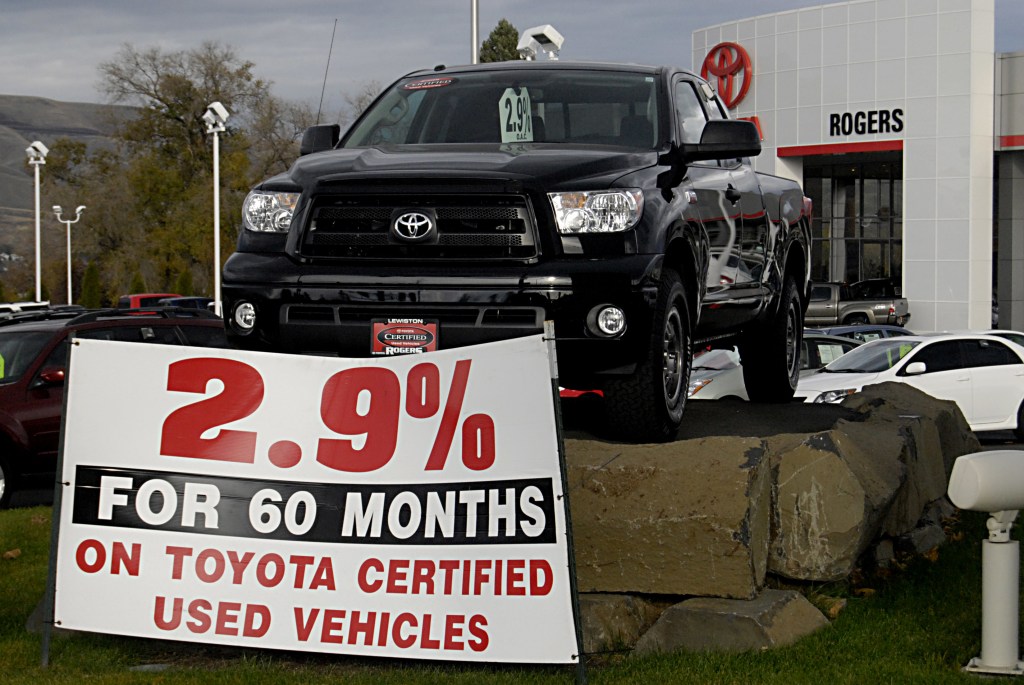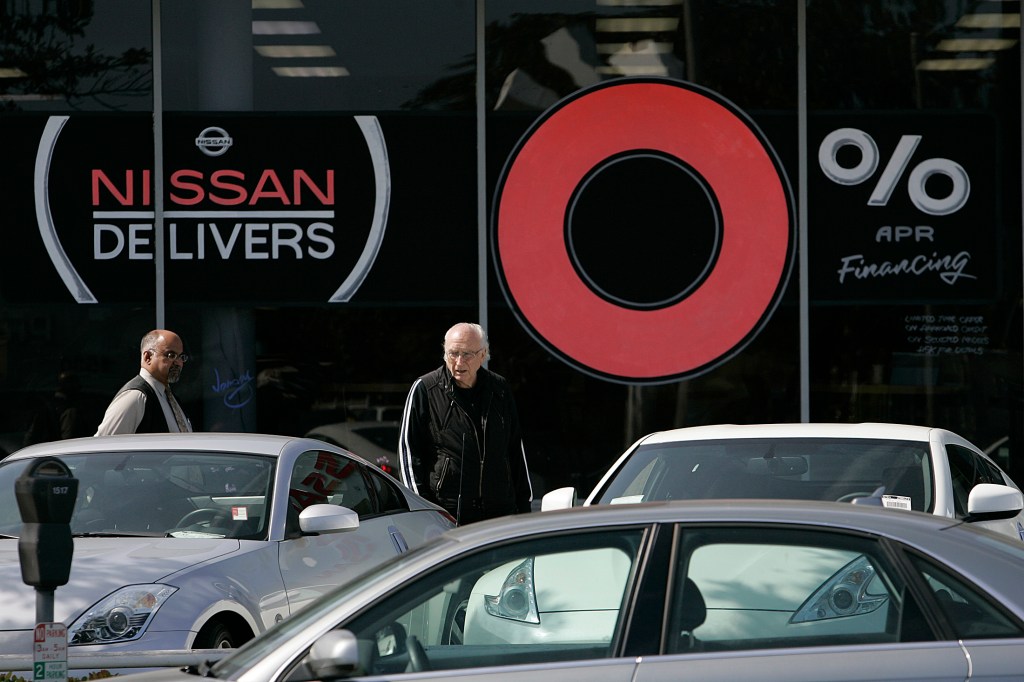
Is Making a ‘Principal Only’ Payment on a Car Loan a Good Idea?
There’s an old joke that says, “Why do banks have drive-thru windows? So that cars can visit their real owners!” That’s right when you take out an auto loan for that fancy new car – or fancy old one – the lender that you get the loan from holds the title until the loan is paid off. One way to pay that loan off quicker is to make a “principal only” payment. But what exactly is that and is it a good idea to make one?
What is a “principal only” payment?
When you get any simple-interest loan such as a car, home, or even personal loan, there are two parts to it: the principal (the money that is loaned out) and the interest (the additional amount that you pay to borrow the money). When you take out a loan, the payment goes toward the principal and the interest, and if you make extra payments on the loan, then those might go toward the interest and any other fees first.
However, if your lender allows you to make a “principal only” payment as an extra payment, then you will actually be applying all of the money to the loan amount as opposed to some of it paying the interest as well. If your lender offers this payment option, then it can be made typically at the bank, on the phone, and possibly even online. There are advantages and disadvantages to making a principal-only payment.

Advantages of making a principal-only payment
Making a principal-only payment can helpful in a couple of different ways:
- Pay off the loan faster: By making an extra payment toward the actual loan, as opposed to having some of it get absorbed by the interest, you will pay the loan off much quicker.
- Payless in interest: As the loan amount decreases, so does the interest amount.
Paying extra payments toward your loan, in general, will help you pay the loan off quicker, but by making even just a few principal-only payments, you will pay the loan off even faster.
Disadvantages of making a principal-only payment
There are a couple of disadvantages to making a principal-only payment:
- Pre-payment penalty: If your lender has a pre-payment penalty attached to the loan agreement, then you will be charged a fee if you pay the loan off earlier than agreed upon. As you can guess, this defeats the purpose of paying your loan down quicker using principal-only payments because the lender will recoup some of the interest that they didn’t get.
- If you have other high-interest debt, such as credit cards, then the interest that you’re paying on those could offset the money that you will be saving by paying your auto loan down at a quicker rate. Credit Karma advises that you pay that debt off first before devoting more money toward your auto loan.

If it makes sense, then do it
The bottom line is that making principal-only payments help a lot if you want to pay your car loan off earlier, however, you need to make sure that it makes sense for your budget to do so. If you can afford the extra payment, then do it. But if you need the money for other bills, then make sure to concentrate on those first.



